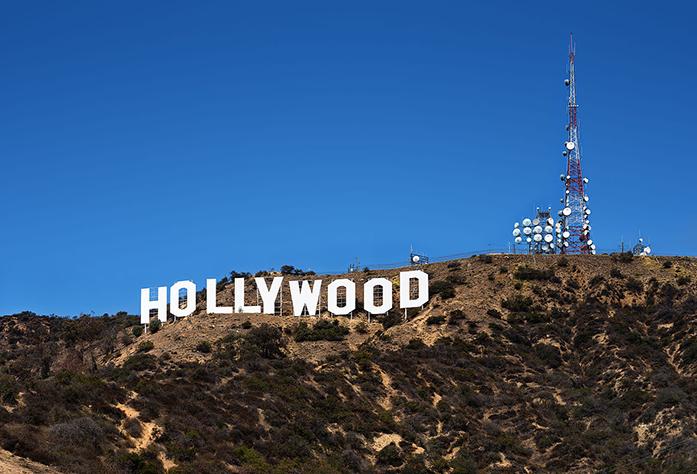Marcus Vincent Brown
[email protected]
Diversity in the film industry has become a popular conversation topic in the wake of the 88th Academy Awards but the recent resurgence of pop-culture significance should not detract from this being nothing new.
When I think about the issue of diversity in the film industry I find two problems to be continually perpetuated. The first and most visibly apparent issue is the lack of recognition for achievements and performances by people of color both in front and behind the camera, as the 88th Academy Awards so clearly demonstrated. The second issue is the rather half-assed attempts at diversity, in which a film that could potentially be the platform for marginalized members of society to speak on, is whitewashed beyond recognition.
Most times, it happens so subtly that we don’t question such seemingly paradoxical filmmaking decisions that have come about as a result of a notion that has become deeply embedded in the mind of the American movie-goer. This idea is that there is a traditionally white or Eurocentric template through which we must observe nearly everything in the film industry regardless of how diverse or untraditional the film tries to be. The idea seems to be that instead of actually casting an actor who embodies the story of a disenfranchised or marginalized group of people, it would be better to just get a white guy and dress him up.
The comedian Paul Mooney said it best when speaking on the film The Last Samurai, which stars Tom Cruise. Mooney jokingly said he’d like to pitch a movie in the same vein called The Last Nigger on Earth starring Tom Hanks. It’s funny, but at the same time there’s something dangerous about allowing white actors to be the default stand-in for any and every depiction of non-white characters.
Obviously, a place was made in these stories for the addition of a titular white man to save the day, but the problem becomes apparent when the desire to whitewash a film is injected into a film where it is entirely out of place.
The controversy that comes with whitewashing films is not a new issue nor is one that seems to be disappearing anytime soon. You can go to your neighborhood theater right now and see a movie called Gods of Egypt starring a bunch of white guys. Even in casting decisions where it would be impossible to choose a white man, it becomes obvious that there can only be so much deviation from our beloved white characters.
Take, for example, the choice to cast Zoe Saldana, an actress of mixed black and Latina heritage, as the singer Nina Simone. Saldana is considerably lighter-skinned than Simone and even has to wear a prosthetic nose to more closely resemble Simone’s features. Suspension of belief is an integral part of acting, and it would be impossible for an actor to fit the exact description of the character being portrayed. Part of the actor’s duty is to make the performance believable and lend as much authenticity to the depiction of the character as possible.
However, the goal should not be to alter the narrative to fit a stereotypical niche of performer the film industry wishes to impose on us as the cultural norm. We do not need a white actor to serve as an intermediary for every story that falls out of the conventional narrative. Diversity in the film industry is not only diverse stories but diverse stories told from an authentically diverse perspective depicted with integrity toward the realities of the story.



